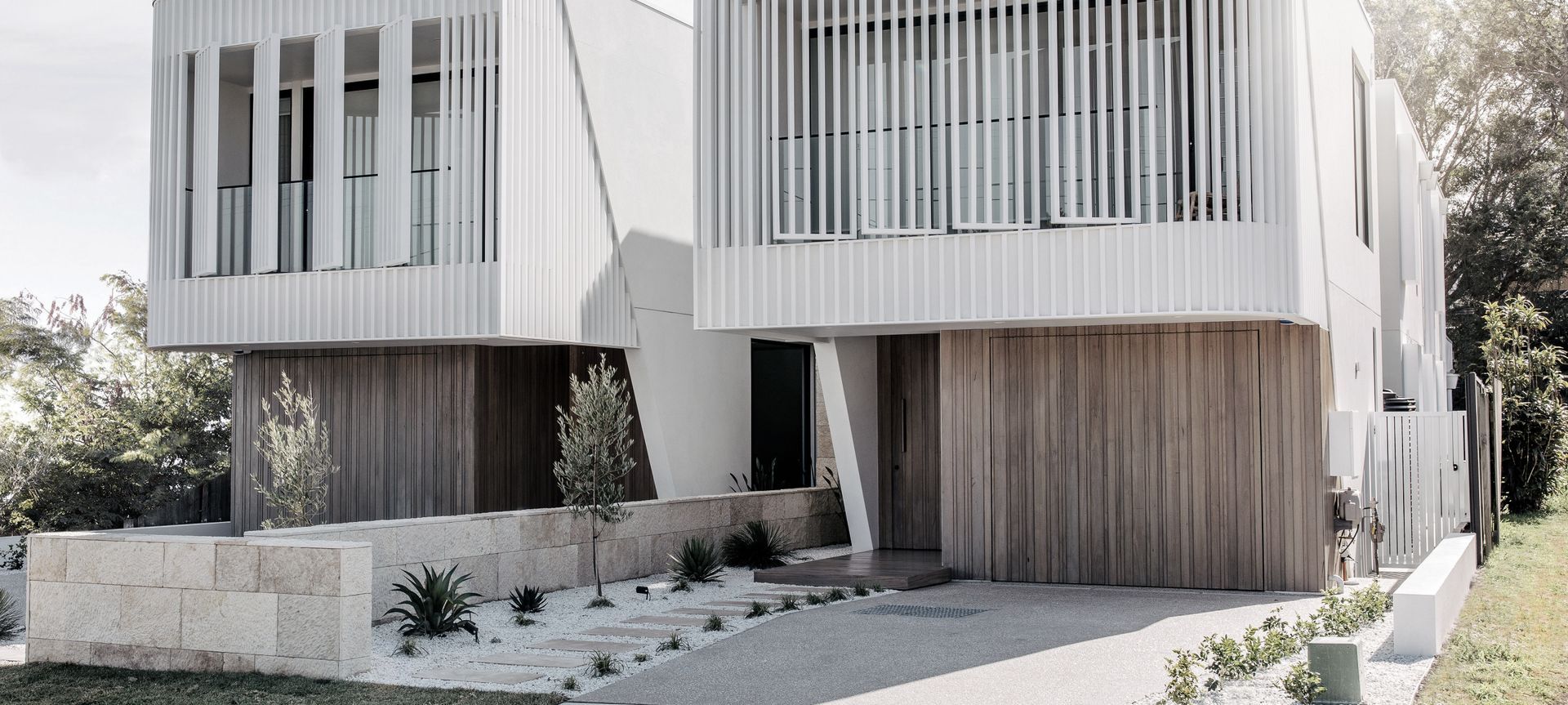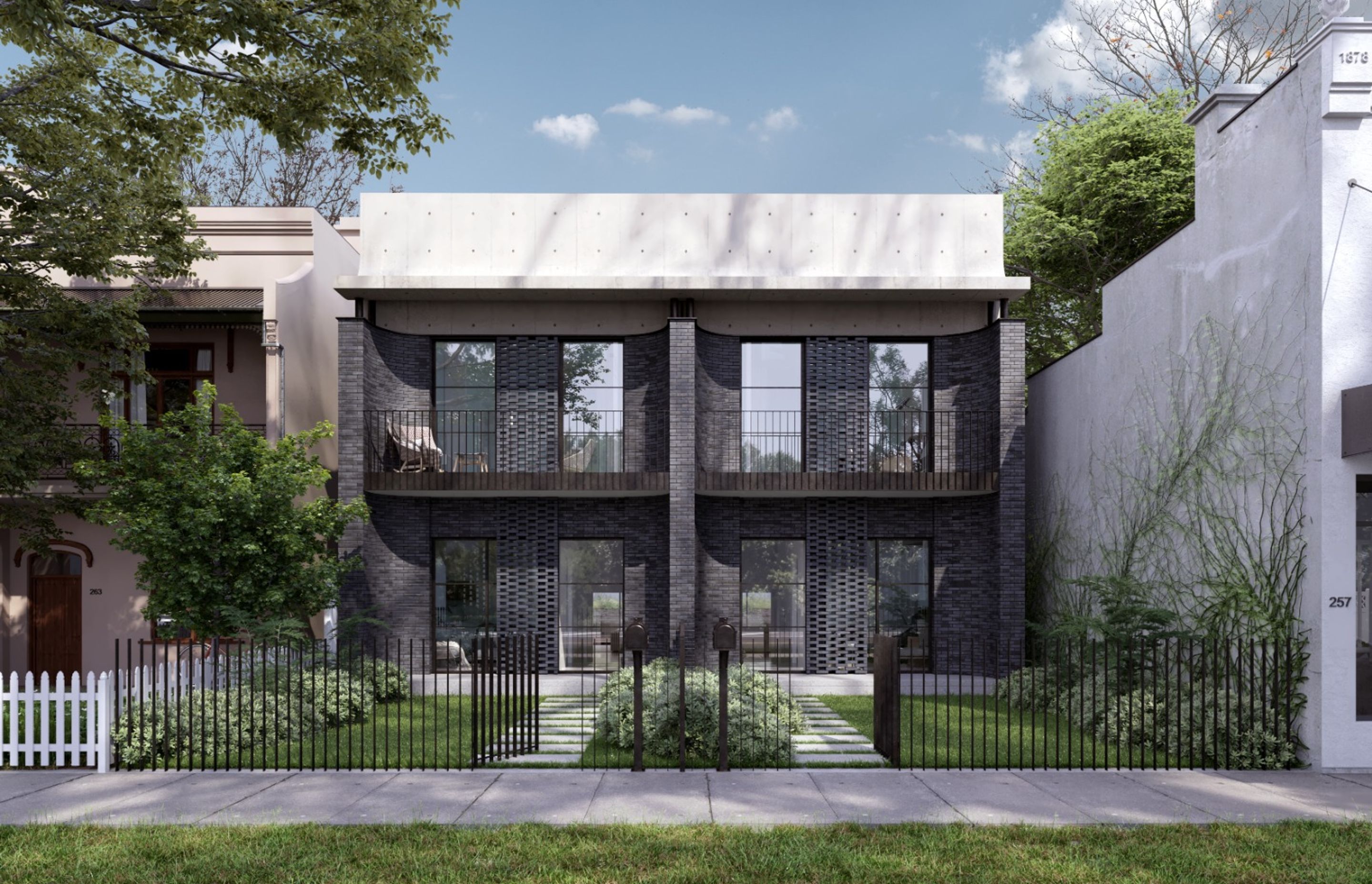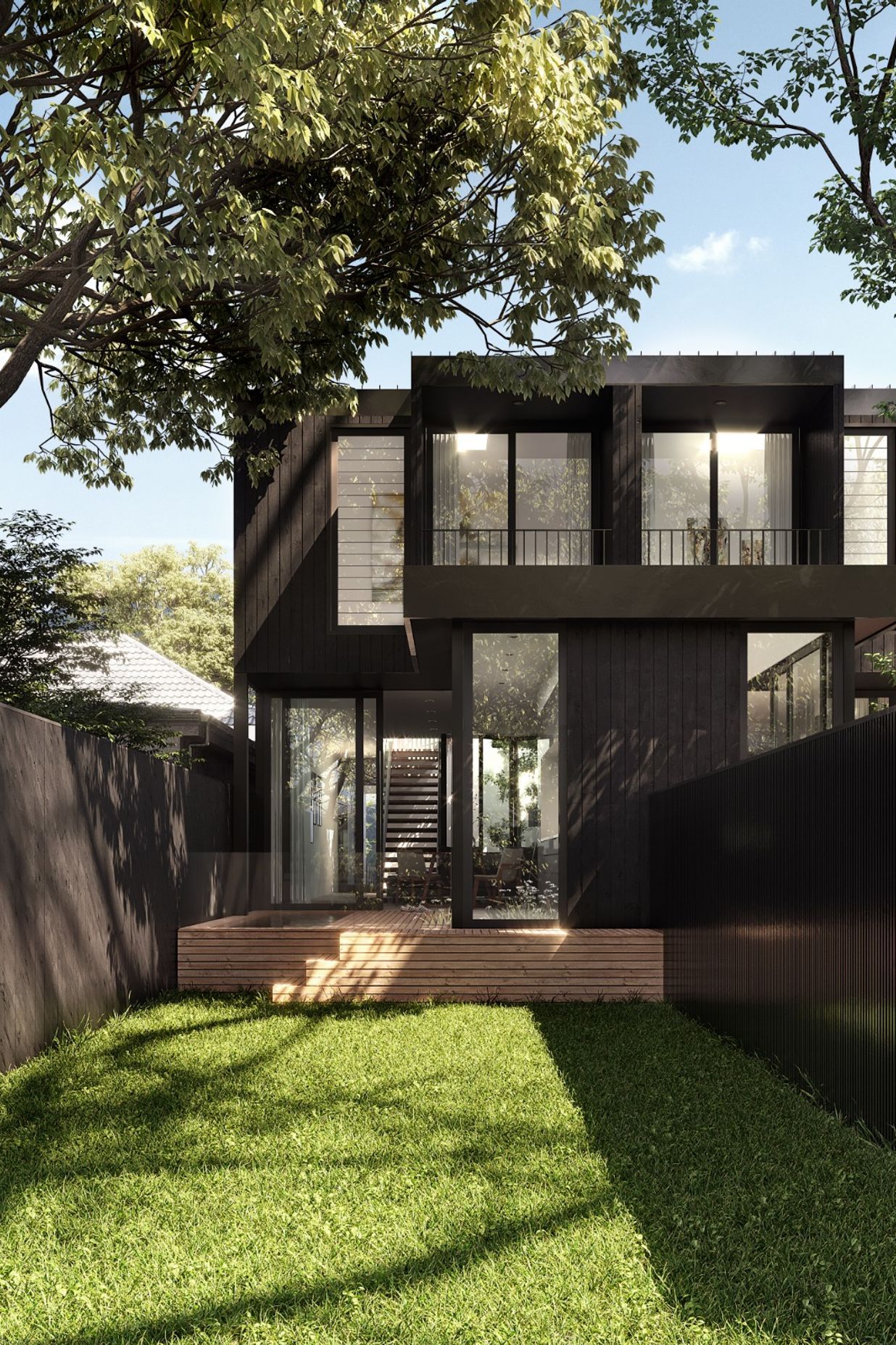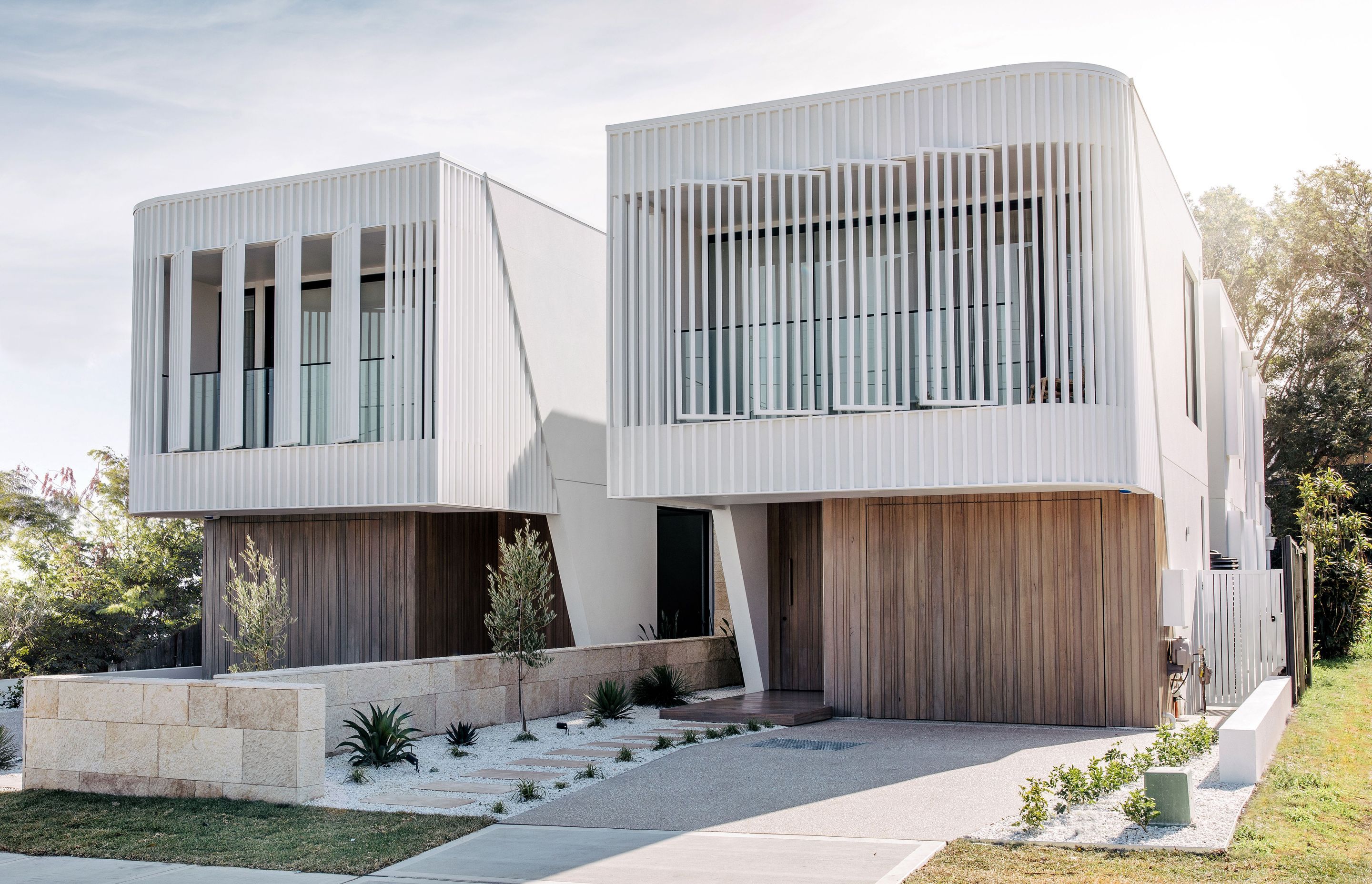How the duplex has become the unsung hero of housing
Written by
07 August 2022
•
5 min read

Australia’s property market can be a tough nut to crack. While buying a property may be a challenge, obtaining land on which to build – close to any major city – is even harder. Introducing the duplex, a residential building that can increase the value of your property, make you money, extend your living space or provide you with an opportunity to buy a home in an area you love at a more affordable price.
What is a duplex?
In Australia, a duplex is most often defined as two residential homes on one block of land that share one common wall. Sometimes known as a dual occupancy, a duplex arrangement positions each home as an independent entity, although the two homes can share one common land title or the block can be subdivided to provide each property with a separate land title. A duplex can be built up to three storeys high and divided vertically or horizontally, the latter of which splits the structure into upper and lower residence, rather than side by side. There usually aren’t any body-corporate fees.
“Duplexes were all the rage in NSW in the late 90s and early 2000s, but it’s a more recent occurrence in other states such as Victoria, Queensland and Western Australia. They’re popping up in Brisbane and Melbourne, but a little less often in Tasmania, Adelaide and Perth.” says Kristin Brookfield, chief executive of industry policy at the Housing Industry Association. “Over the past decade, we've learnt how important it is to have a mix of housing types in our suburbs, and duplexes are a type of housing that ensures we don’t have entire streets of single-storey sameness. Duplexes are becoming more common in older suburbs where homes are being rebuilt or knocked down, especially as land becomes more expensive and people want two homes where only one once stood.”
What are the benefits of a duplex?
There are three ways duplex properties can be beneficial. For the buyer, a duplex is an opportunity to purchase a property in a desired area that has all the amenities of a free-standing house – such as multiple bedrooms, living areas, garage and garden – at an affordable price, albeit on a smaller scale.
For those who are building or already own property and plan to develop it, a duplex is an opportunity to make money via selling or renting out the second residence, or increasing living space for multi-generational or dual-family living. For the property developer, purchasing or building a duplex provides two rental incomes from one asset. A duplex also offers a low-maintenance lifestyle to all types of occupants.
“The upside of duplexes is the design of the common wall; not only does it make the most of the property while retaining the open parts of the home such as the garden or outdoor area, front driveway and parking, you can get a regular-size house even on a smaller block of land,” says Kristin. “You can improve affordability and the stock of homes on the market by building two homes on land where there used to be one, but you’ve also upgraded yourself by doing so. You can rent the other half or sell it. It’s also a way large families or relatives can come together to purchase or develop property together, or live side by side with privacy.”
What are the downfalls of a duplex?
The downfalls of a duplex are obvious: you’re up close and personal with your neighbours on a daily basis and share land with them. While privacy isn’t usually an issue as there is often a fence to divide the garden or outdoor areas of each property, you do share one whole wall and often a driveway, so you can expect to see and hear your neighbours regularly – which means you need to consider who the property is rented or sold to as you’ll need to be on good terms with them. Furthermore, if you want separate land titles there are hoops you’ll need to jump through, and you may require permission from your neighbour to undertake any renovations or construction on your side.
“For people with an existing property, you need to do your homework when developing it into a duplex. This kind of development requires a two-step approval process with your local council. If you knock down and rebuild two homes where there was only one, it requires sub-division of the land plus separate water and power connections, and that can take time and money,” says Kristin. “It’s also important to note what’s allowed in one state isn’t necessarily applicable in another – the rules vary state to state and by council.”
Insider knowledge
Kristin has some excellent insider knowledge to share with people who are considering building or developing their home into a duplex. “Councils tend to dislike lots of driveways, so a single driveway crossing the footpath is often favoured by them," sys Kristin. “In some areas of cities around the country where there are large blocks of land, the government is pushing for urban consolidation. That is, if you knock down one you build at least two, which adds to stock and provides product that is equally or more affordable,” says Kristin.
See more duplex homes by perusing the projects on ArchiPro.



